LGBTQIA+ is an acronym used to represent the lesbian, gay, bisexual, transgender, queer or questioning, intersex, asexual, plus community. This umbrella term includes people with various sexual orientations, gender identities, and sexes. The LGBTQIA+ community has been excluded from traditional historical narratives, and this page is meant to begin to share their stories and rich history within New York State. It is important to note that the LGBTQIA+ movement has not always supported the intersectional experiences of individuals who are part of it, including transgender and gender non-conforming people and people of color. Additionally, you will notice that this page disproportionately represents the New York City region. This is because NYC has the largest LGBTQIA+ identifying population in the state. LGBTQIA+ folks have built communities in many non-NYC areas, many just to survive, and it is a continued effort to uncover this history in other regions. On this page, you will find a non-extensive list of notable sites and icons connected to both LGBTQIA+ history and the NYS Office of Parks, Recreation and Historic Preservation.
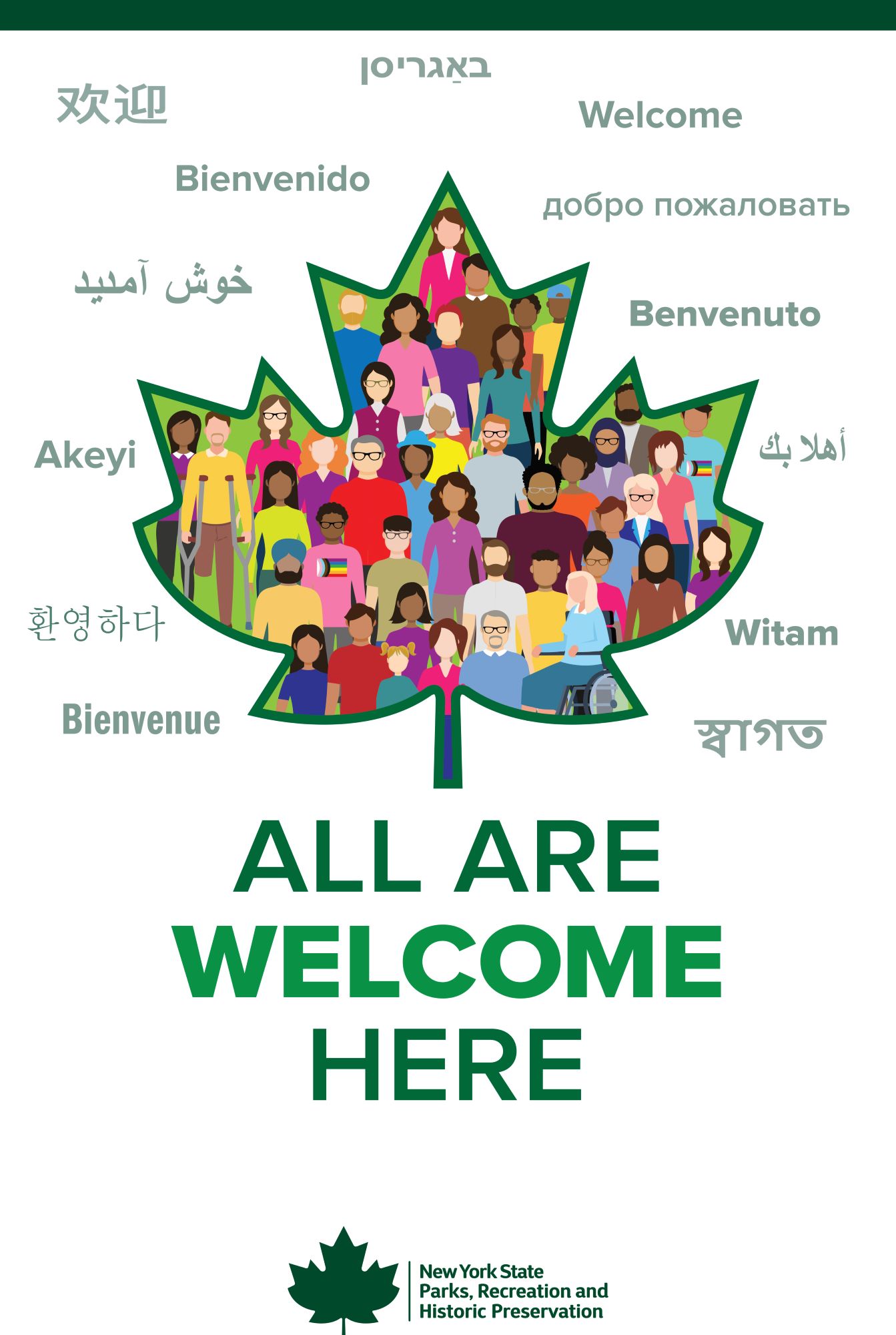
Looking Forward to our Legacy
The NYS Office of Parks, Recreation and Historic Preservation is committed to creating a space that is safe and welcoming to all people, including those in the LGBTQIA+ community. This commitment includes properly acknowledging the community's contributions to our shared New York State history as well as continued efforts to ensure that ALL ARE WELCOME within the agency and at our sites.
Language
Language is constantly evolving as people create new terms to express their identities. Terms can mean different things to different people, but below are the generally accepted definitions of various terms associated with the LGBTQIA+ community.
Definitions: Human Rights Campaign Glossary of Terms
Resources:
- Gender Identity in the Workplace: A Toolkit for New York State Employees

- I Love NY LGBTQ Travel in New York State

- NYC LGBT Historic Sites Project

- Human Rights Campaign resources

- The Gay, Lesbian and Straight Education Network (GLSEN) virtual resources

- Understanding LGBTQ+ Identity: A Toolkit for Educators
 created by WNET/Thirteen in partnership with NYCDOE
created by WNET/Thirteen in partnership with NYCDOE - Learn more about Buffalo, New York’s LGBTQIA+ History through Dr. Jeff Iovannone’s Leslie Feinberg’s Buffalo: Historic Sites in Stone Butch Blues
Sites Connected to the NYS Office of Parks, Recreation and Historic Preservation & LGBTQIA+ History:
In addition to OPRHP's host of parks and historic sites, the agency is also the home of the NYS Historic Preservation Office (SHPO), which, in partnership with the National Park Service, administers the National Register of Historic Places program. One of SHPO’s core functions is to manage both the National and the New York State Registers of Historic Places. SHPO is also associated with the NYC LGBT Historic Sites Project. Many of the iconic sites highlighted below are either listed on these registers, recorded in the statewide historic resources inventory, or featured in the NYC LGBT Historic Sites Project. This further links the agency to the individuals and locations that continue to shape the state’s rich LGBTQIA+ history.
Activism
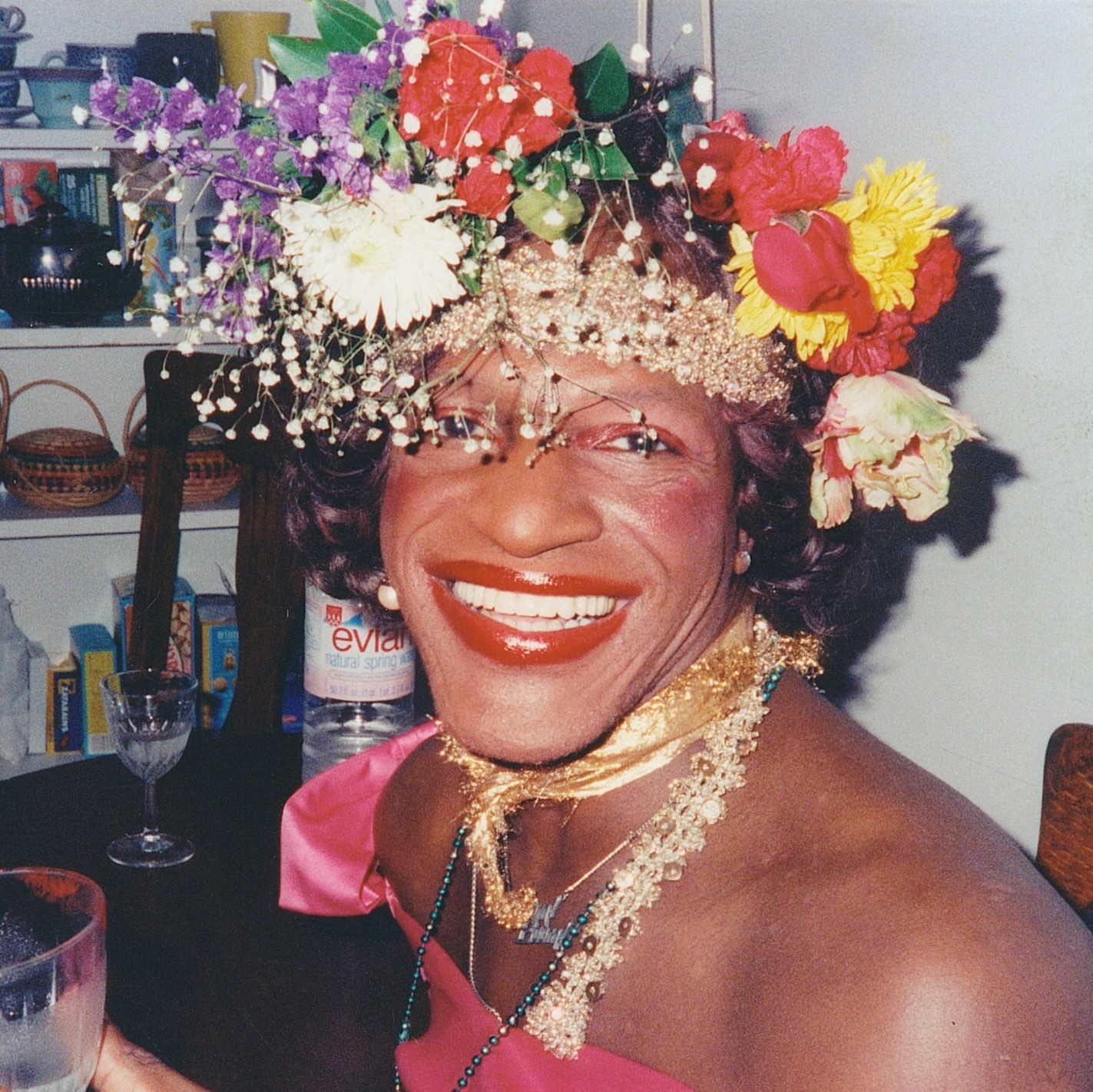
Marsha P. Johnson State Park, New York City: Marsha P. Johnson (1945-1992) was a transgender woman of color and a prominent figure of the LGBTQIA+ movement in New York City in the 1960s and 1970s. Johnson is known for her involvement in Stonewall and her advocacy for LGBTQIA+ rights, youth experiencing homelessness, and people impacted by H.I.V. and AIDS. Marsha P. Johnson State Park, formerly East River State Park, was renamed in 2020.
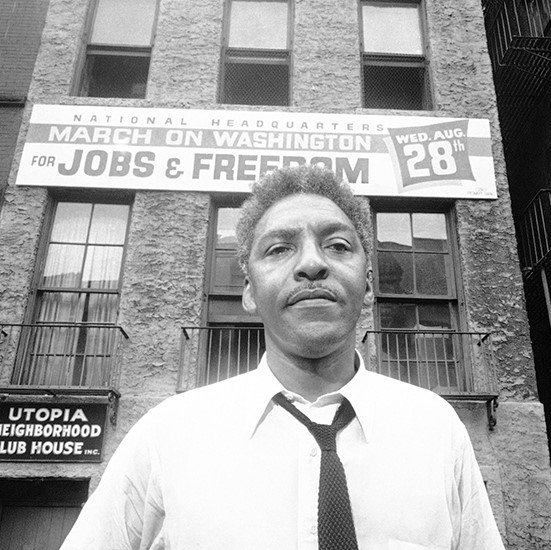
Bayard Rustin Apartment , New York City: Bayard Rustin (1912-1987) was
an openly gay Black activist, Quaker, proponent of non-violence, and campaigner for social and economic justice. Bayard notably led the 1963 March on Washington for Jobs
and Freedom, which was the site of Dr. Martin Luther King Jr.'s "I Have a Dream" speech. Bayard lived in this National Register-listed building from 1962 until his death in 1987.
, New York City: Bayard Rustin (1912-1987) was
an openly gay Black activist, Quaker, proponent of non-violence, and campaigner for social and economic justice. Bayard notably led the 1963 March on Washington for Jobs
and Freedom, which was the site of Dr. Martin Luther King Jr.'s "I Have a Dream" speech. Bayard lived in this National Register-listed building from 1962 until his death in 1987.

Stonewall Inn , New York City: Stonewall became the first LGBTQIA+ site in
the United States to be listed on the National Register of Historic Places in 1999, and it later became the first designated National Historic Landmark. The iconic gay bar was the site of an important event in 1969, when bar patrons resisted the routine police raids of gay bars. The resistance was led by transgender
women of color, including Marsha P. Johnson, and was a pivotal moment of the LGBTQIA+ movement.
, New York City: Stonewall became the first LGBTQIA+ site in
the United States to be listed on the National Register of Historic Places in 1999, and it later became the first designated National Historic Landmark. The iconic gay bar was the site of an important event in 1969, when bar patrons resisted the routine police raids of gay bars. The resistance was led by transgender
women of color, including Marsha P. Johnson, and was a pivotal moment of the LGBTQIA+ movement.
.jpg)
New York State Capitol , Albany: The State Capitol building in Albany, a National
Historic Landmark, was the site of the first statewide march for gay rights in the country, which took place in March of 1971. The march was extensively photographed by lesbian photographer Diana Davies (b. 1938), and the images are available online via the New York Public Library Digital Collections.
, Albany: The State Capitol building in Albany, a National
Historic Landmark, was the site of the first statewide march for gay rights in the country, which took place in March of 1971. The march was extensively photographed by lesbian photographer Diana Davies (b. 1938), and the images are available online via the New York Public Library Digital Collections.
Arts
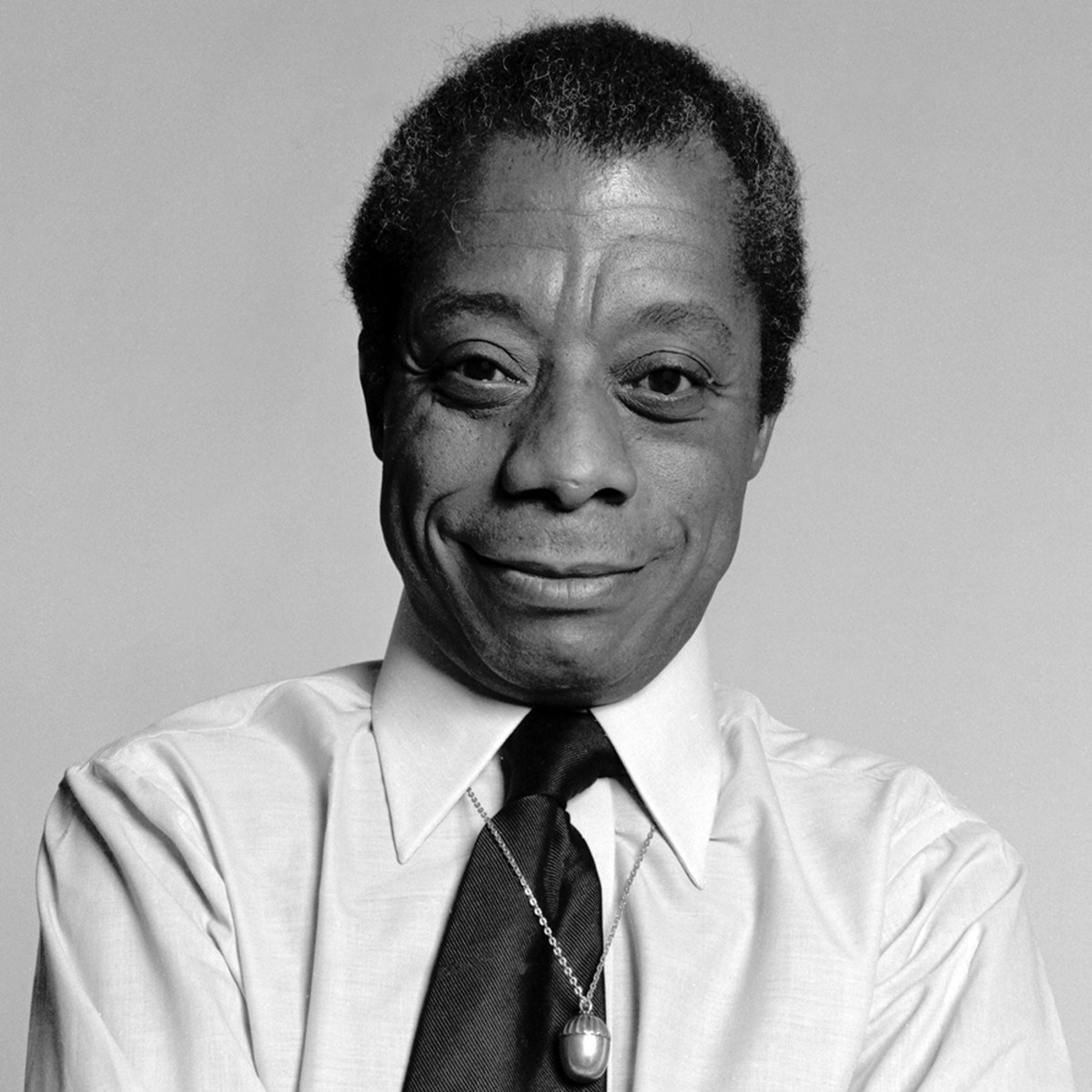
James Baldwin House , New York City: James Baldwin (1924-1987) was a prominent author and activist who lived in this National Register-listed building during his last decades, from 1965 to 1987.
Baldwin made profound and enduring contributions to American literature and social history, addressing the major questions America faced in those decades. Although Baldwin did not self-identify as gay, his writing and advocacy included LGBTQIA+ issues.
, New York City: James Baldwin (1924-1987) was a prominent author and activist who lived in this National Register-listed building during his last decades, from 1965 to 1987.
Baldwin made profound and enduring contributions to American literature and social history, addressing the major questions America faced in those decades. Although Baldwin did not self-identify as gay, his writing and advocacy included LGBTQIA+ issues.
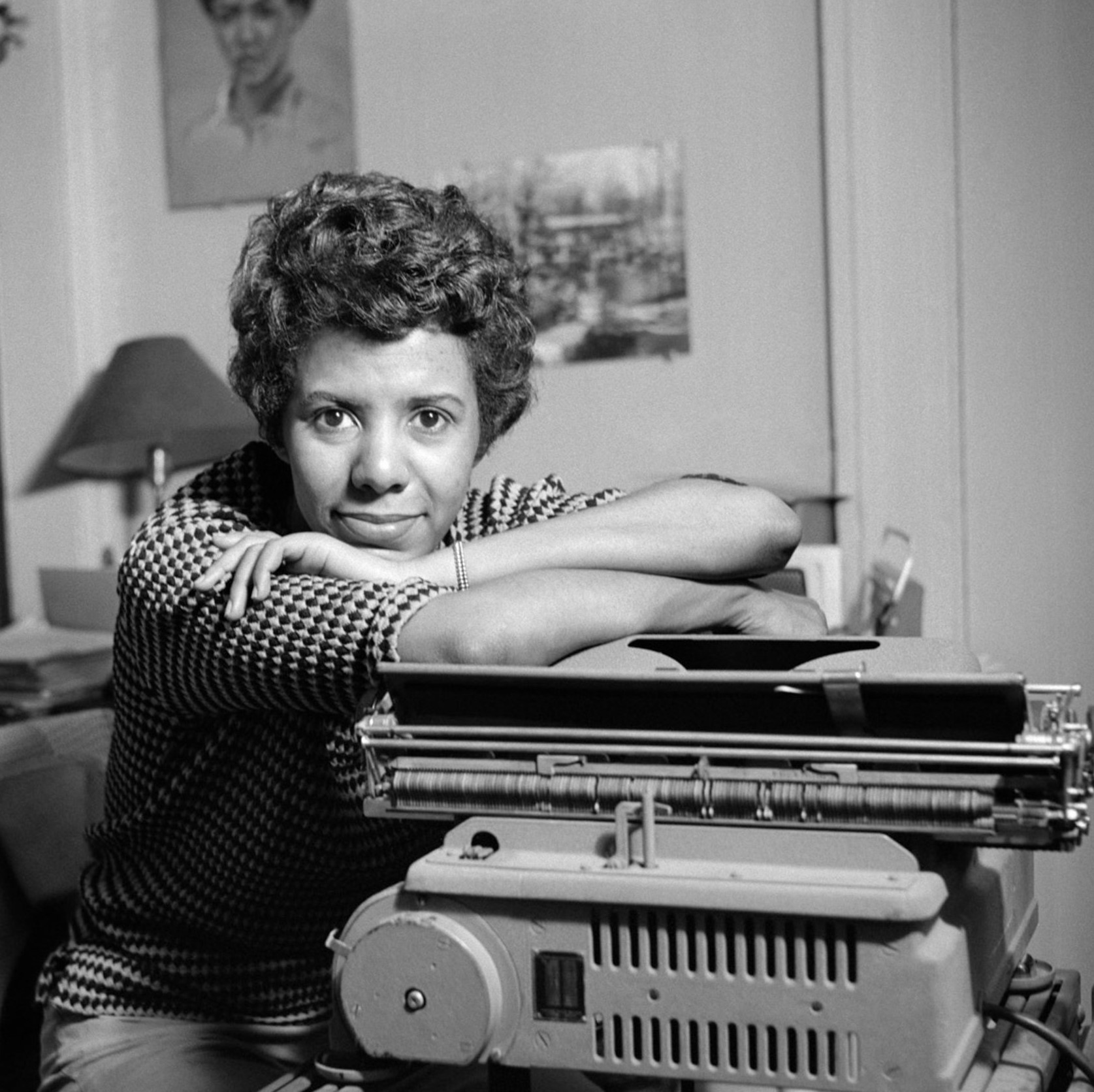
Lorraine Hansberry Residence , New York City: Lorraine Hansberry (1930-1965) was a pioneering Black lesbian playwright, writer, and activist, who lived in this National Register-listed building from 1953
to 1960. Hansberry produced some of her most important works in this home, including A Raisin in the Sun.
, New York City: Lorraine Hansberry (1930-1965) was a pioneering Black lesbian playwright, writer, and activist, who lived in this National Register-listed building from 1953
to 1960. Hansberry produced some of her most important works in this home, including A Raisin in the Sun.
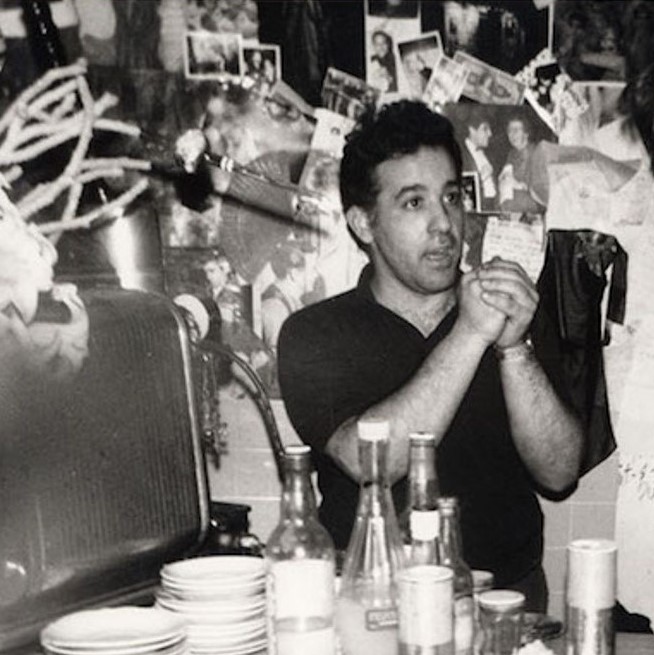
Caffe Cino , New York City: Joe Cino (1931-1967) operated the space starting in 1958, and it became known as the birthplace of Off-Off-Broadway theater. Caffe Cino also played a central role in developing
gay theater through allowing LGBTQIA+ representation on stage at a time when it was illegal to do so. Caffe Cino is listed on the National Register of Historic Places.
, New York City: Joe Cino (1931-1967) operated the space starting in 1958, and it became known as the birthplace of Off-Off-Broadway theater. Caffe Cino also played a central role in developing
gay theater through allowing LGBTQIA+ representation on stage at a time when it was illegal to do so. Caffe Cino is listed on the National Register of Historic Places.

Carson McCullers House , South Nyack: Carson McCullers (1917-1967) was a writer of the Southern Gothic genre. The Carson McCullers House is National Register-listed. In 2020, Jenn Shapland published My Autobiography of Carson McCullers,
which asserts that McCullers was LGBTQIA+ through highlighting her letters to Annemarie Schwarzenbach, a Swiss writer.
, South Nyack: Carson McCullers (1917-1967) was a writer of the Southern Gothic genre. The Carson McCullers House is National Register-listed. In 2020, Jenn Shapland published My Autobiography of Carson McCullers,
which asserts that McCullers was LGBTQIA+ through highlighting her letters to Annemarie Schwarzenbach, a Swiss writer.
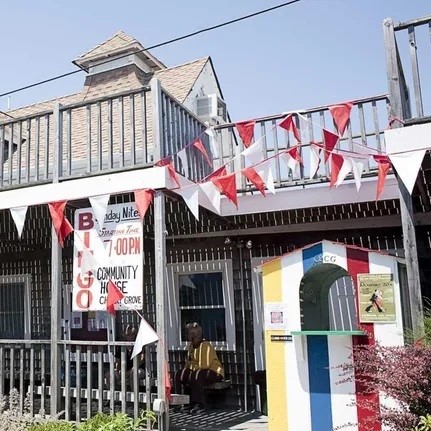
Cherry Grove Community House and Theatre , Cherry Grove: The building, in Cherry Grove on Fire Island, contained a carriage house and a theater. The National Register-listed building served as a gathering space for
artists and the LGBTQIA+ community, starting in the late 1940s, and it played an important role in the development of gay theater.
, Cherry Grove: The building, in Cherry Grove on Fire Island, contained a carriage house and a theater. The National Register-listed building served as a gathering space for
artists and the LGBTQIA+ community, starting in the late 1940s, and it played an important role in the development of gay theater.

The Alice Austen House Museum , New York City: Alice Austen (1866-1952) was a lesbian photographer who documented evolving New York City, immigrant populations, architecture, and relationships between Victorian women. Austen lived with her partner, Gertrude Tate,
in her family home on Staten Island. Today, the home is the space for the Alice Austen House Museum. Through the NYC LGBT Historic Sites Project, the 1970 National Register nomination for the house was amended to include the site's significance in LGBTQIA+ history.
, New York City: Alice Austen (1866-1952) was a lesbian photographer who documented evolving New York City, immigrant populations, architecture, and relationships between Victorian women. Austen lived with her partner, Gertrude Tate,
in her family home on Staten Island. Today, the home is the space for the Alice Austen House Museum. Through the NYC LGBT Historic Sites Project, the 1970 National Register nomination for the house was amended to include the site's significance in LGBTQIA+ history.
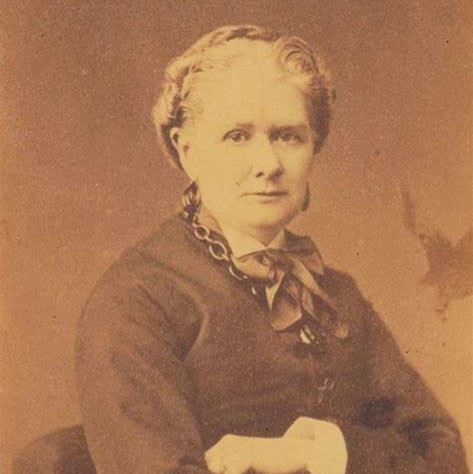
Emma Stebbins's Angel of the Waters ,
New York City: Emma Stebbins (1815-1882) was a lesbian sculptor best known for her Angel of the Waters statue, which is located
above the Bethesda Fountain in Central Park. Both the fountain and the park are National Historic Landmarks. The statue was the earliest public artwork
made by a woman in New York City and is featured in the NYC LGBT Historic Sites Project.
,
New York City: Emma Stebbins (1815-1882) was a lesbian sculptor best known for her Angel of the Waters statue, which is located
above the Bethesda Fountain in Central Park. Both the fountain and the park are National Historic Landmarks. The statue was the earliest public artwork
made by a woman in New York City and is featured in the NYC LGBT Historic Sites Project.
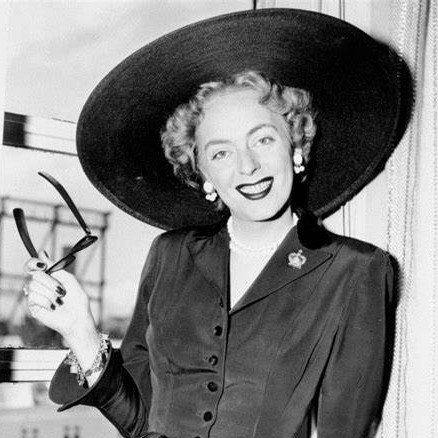
Christine Jorgensen Childhood Residence ,
New York City: Christine Jorgensen (1926-1989) was a transgender actress and singer who, in the late 1950s, became the first person
in the United States to be widely known for having Gender Affirmation Surgery. The Christine Jorgensen Childhood Residence was featured in the NYC LGBT
Historic Sites Project and was identified as being potentially eligible for the National Register.
,
New York City: Christine Jorgensen (1926-1989) was a transgender actress and singer who, in the late 1950s, became the first person
in the United States to be widely known for having Gender Affirmation Surgery. The Christine Jorgensen Childhood Residence was featured in the NYC LGBT
Historic Sites Project and was identified as being potentially eligible for the National Register.

Firebrand Books Headquarters, Ithaca Downtown Historic District, Ithaca: Nancy K. Bereano (b. 1942), a lesbian activist, editor, and publisher, founded Firebrand Books, a nationally recognized lesbian and feminist press, in 1984. Firebrand Books Headquarters is located in the National Register-listed Ithaca Downtown Historic District, and there are efforts underway to list it individually.
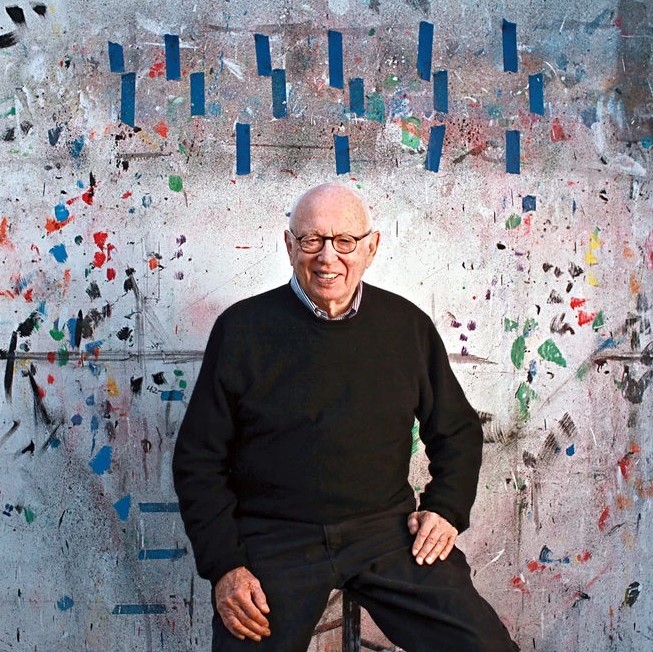
Empire State Plaza ,
Albany: Ellsworth Kelly (1923-2015), was a gay abstract painter and sculptor whose work explored relationships with nature. Kelly’s
sculpture, created in 1968 and titled Yellow Blue, stands on the Empire State Plaza, which is integrated with National Register-listed New York
State Capitol.
,
Albany: Ellsworth Kelly (1923-2015), was a gay abstract painter and sculptor whose work explored relationships with nature. Kelly’s
sculpture, created in 1968 and titled Yellow Blue, stands on the Empire State Plaza, which is integrated with National Register-listed New York
State Capitol.
Community Centers
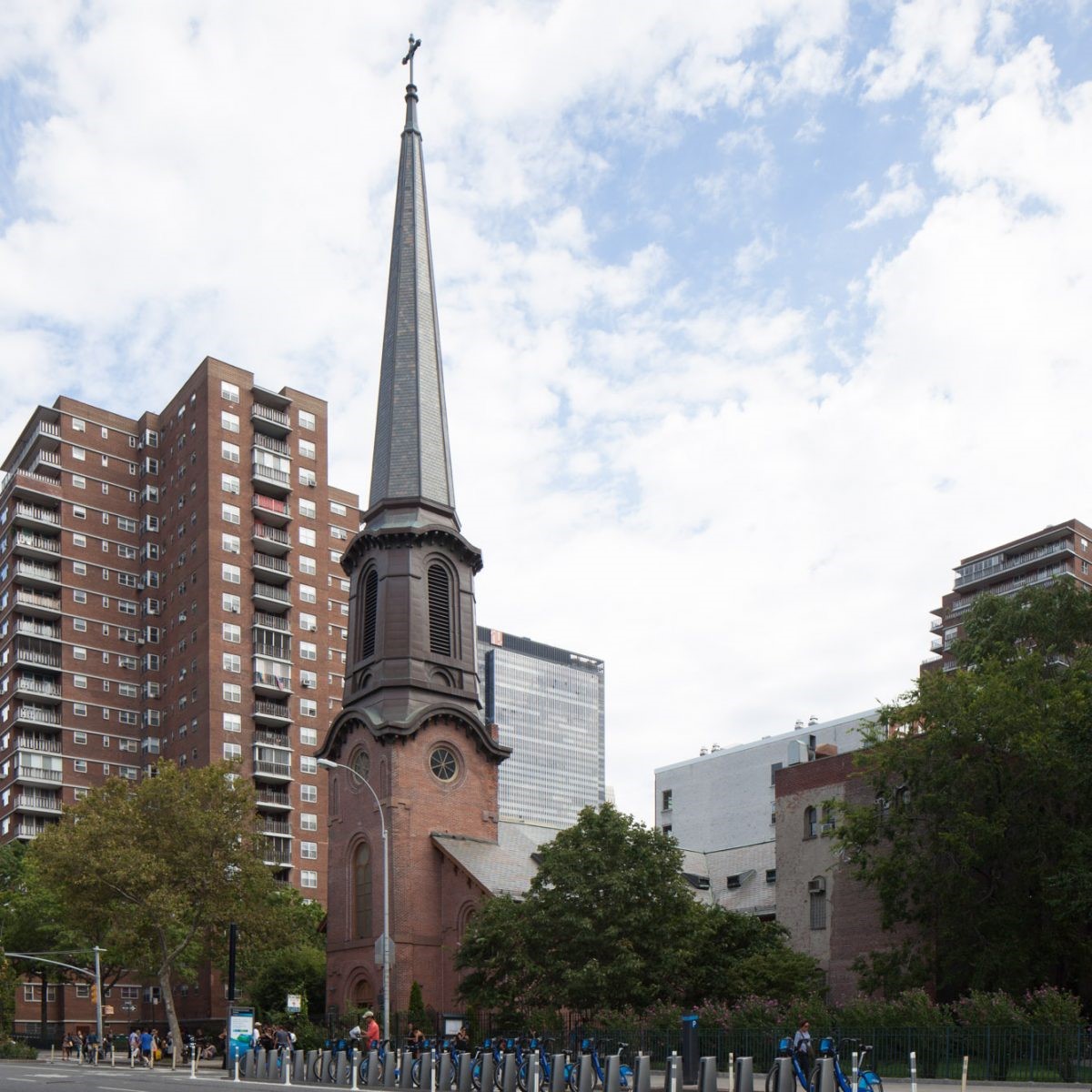
Church of the Holy Apostles ,
New York City: The church served as an important meeting place for organizations in the early post-Stonewall LGBTQIA+ rights movement, from 1969 to 1974.
Groups, including the Gay Liberation Front, West Side Discussion Group, and Gay Activists Alliance, met at this location, creating New York City's first
community center for the LGBTQIA+ community. The church is listed on the National Register of Historic Places.
,
New York City: The church served as an important meeting place for organizations in the early post-Stonewall LGBTQIA+ rights movement, from 1969 to 1974.
Groups, including the Gay Liberation Front, West Side Discussion Group, and Gay Activists Alliance, met at this location, creating New York City's first
community center for the LGBTQIA+ community. The church is listed on the National Register of Historic Places.

Women's Liberation Center ,
New York City: The center, which has been listed on the National Register of Historic Places, was founded in the 1970s as a women's group meeting
space, which hosted important organizations serving the lesbian community, including the Lesbian Feminist Liberation and the Lesbian Switchboard.
,
New York City: The center, which has been listed on the National Register of Historic Places, was founded in the 1970s as a women's group meeting
space, which hosted important organizations serving the lesbian community, including the Lesbian Feminist Liberation and the Lesbian Switchboard.
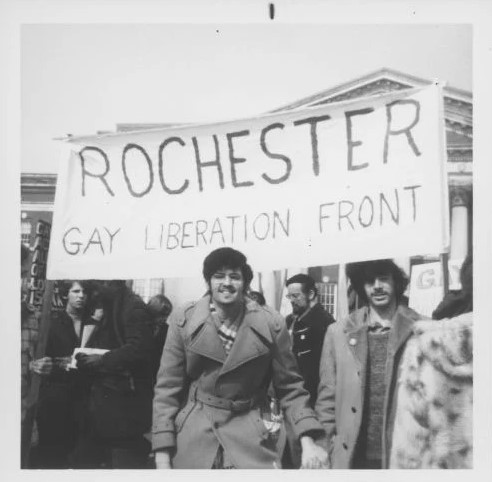
Todd Union, Rochester: University of Rochester's Gay Liberation Front (UR GLF) operated out of Todd Union, a building on the university's campus that was constructed in 1930. UR GLF was an organization that advanced the gay liberation movement on campus and pioneered the movement in the city of Rochester. Todd Union is listed on the NYS Historic Register and the National Register.
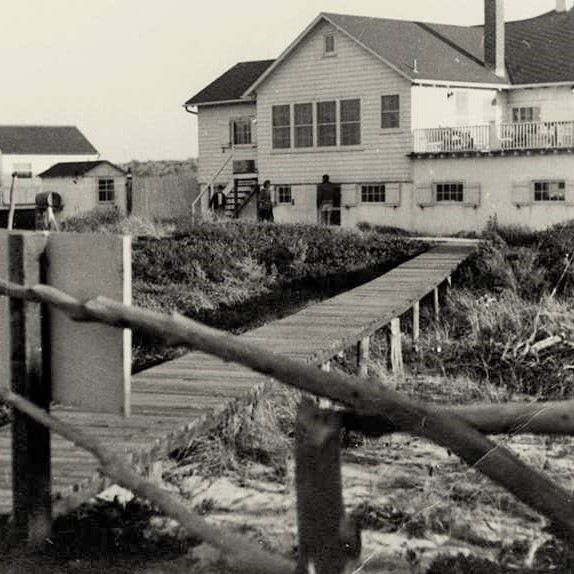
Carrington House ,
Long Island: The Carrington House was constructed on Fire Island in 1912 between Fire Island Pines and Cherry Grove. In 1927,
the site was purchased by co-founder of the Paper Mill playhouse, Frank Carrington, and a cottage was added to host prominent artists. In 2022, the
National Park Service redeveloped it as a space for Fire Island's LGBTQIA+ community. It is listed on the National Register of Historic Places.
,
Long Island: The Carrington House was constructed on Fire Island in 1912 between Fire Island Pines and Cherry Grove. In 1927,
the site was purchased by co-founder of the Paper Mill playhouse, Frank Carrington, and a cottage was added to host prominent artists. In 2022, the
National Park Service redeveloped it as a space for Fire Island's LGBTQIA+ community. It is listed on the National Register of Historic Places.
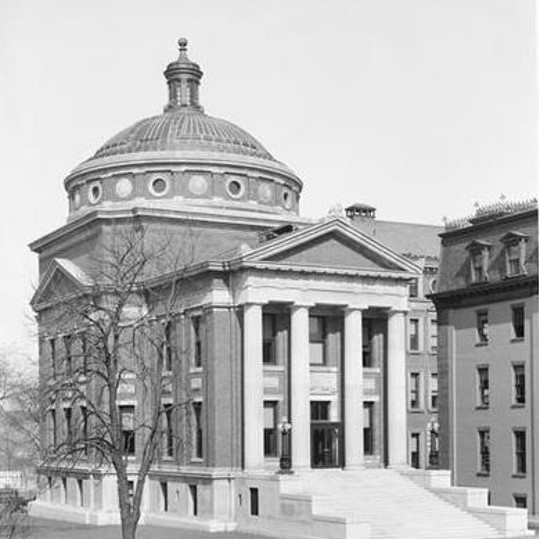
Earl Hall, Columbia University ,
New York City: The Student Homophile League, established in 1966, was the first LGBTQIA+ student organization in the United States.
It operated out of Earl Hall, which was the center of student religious life, and the group’s activism and Friday night dances commenced. The organization
was important to students and the larger community in the development of LGBTQIA+ community and activism.
Earl Hall is listed on the National Register of Historic Places.
,
New York City: The Student Homophile League, established in 1966, was the first LGBTQIA+ student organization in the United States.
It operated out of Earl Hall, which was the center of student religious life, and the group’s activism and Friday night dances commenced. The organization
was important to students and the larger community in the development of LGBTQIA+ community and activism.
Earl Hall is listed on the National Register of Historic Places.
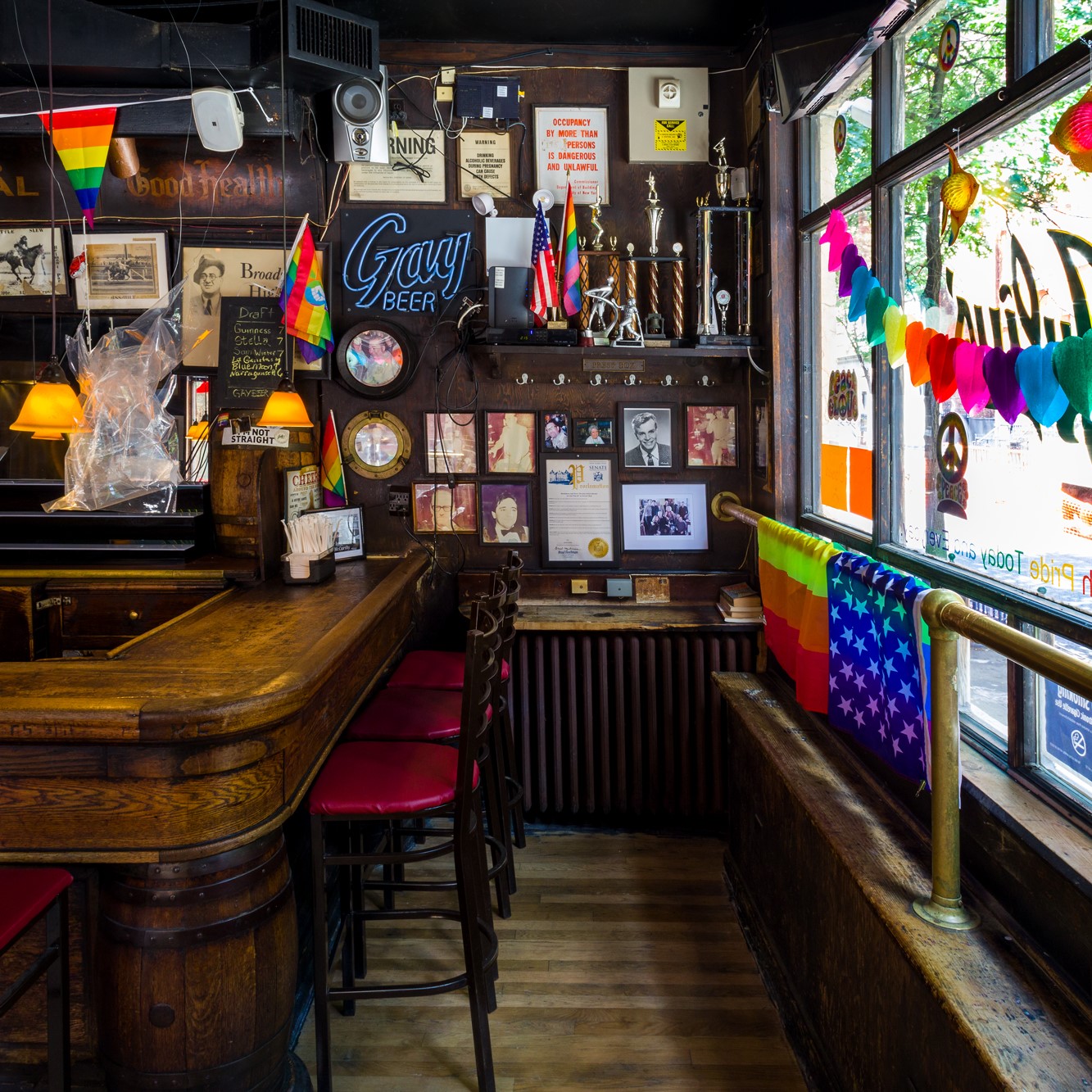
Julius' Bar and Restaurant ,
New York City: Julius' was opened in the 1930s and became a gathering space for gay men in the 1960s. In 1966, a gay rights organization
called the Mattachine Society organized a "Sip-In" to stand against the State Liquor Authority’s policy that revoked liquor licenses from bars that served the
LGBTQIA+ community. Julius’ is listed on the NYS Historic Business Preservation Registry and the National Register of Historic Places.
,
New York City: Julius' was opened in the 1930s and became a gathering space for gay men in the 1960s. In 1966, a gay rights organization
called the Mattachine Society organized a "Sip-In" to stand against the State Liquor Authority’s policy that revoked liquor licenses from bars that served the
LGBTQIA+ community. Julius’ is listed on the NYS Historic Business Preservation Registry and the National Register of Historic Places.
Miscellaneous
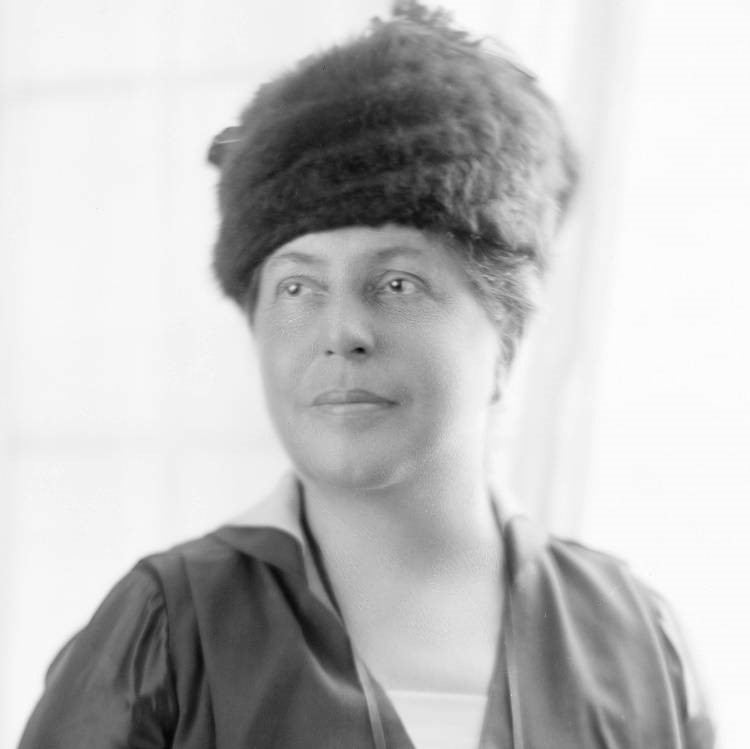
Lillian Wald Residence ,
New York City: Lillian Wald (1867-1940) was an LGBTQIA+ Jewish nurse who founded the National Historic Landmark-designated
Henry Street Settlement in 1893 to offer low-cost health care and educational services to impoverished immigrants on the Lower East Side of Manhattan.
It continues to function as a non-profit today. The Lillian Wald Residence is listed on the National Register of Historic Places.
,
New York City: Lillian Wald (1867-1940) was an LGBTQIA+ Jewish nurse who founded the National Historic Landmark-designated
Henry Street Settlement in 1893 to offer low-cost health care and educational services to impoverished immigrants on the Lower East Side of Manhattan.
It continues to function as a non-profit today. The Lillian Wald Residence is listed on the National Register of Historic Places.
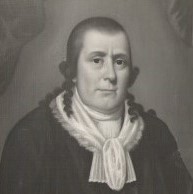
The Friend's Home/Jemima Wilkinson House ,
Jerusalem: The Public Universal Friend (1752-1819), formerly known as Jemima Wilkinson, was a genderless spiritual leader
who founded a community on Keuka Lake near the present-day village of Penn Yan. Some historians interpret the Friend as an example of a non-binary person
who lived during the early nineteenth century; however, it is always difficult to apply contemporary labels to past generations.
The Friend’s home is listed on the National Register of Historic Places.
,
Jerusalem: The Public Universal Friend (1752-1819), formerly known as Jemima Wilkinson, was a genderless spiritual leader
who founded a community on Keuka Lake near the present-day village of Penn Yan. Some historians interpret the Friend as an example of a non-binary person
who lived during the early nineteenth century; however, it is always difficult to apply contemporary labels to past generations.
The Friend’s home is listed on the National Register of Historic Places.
